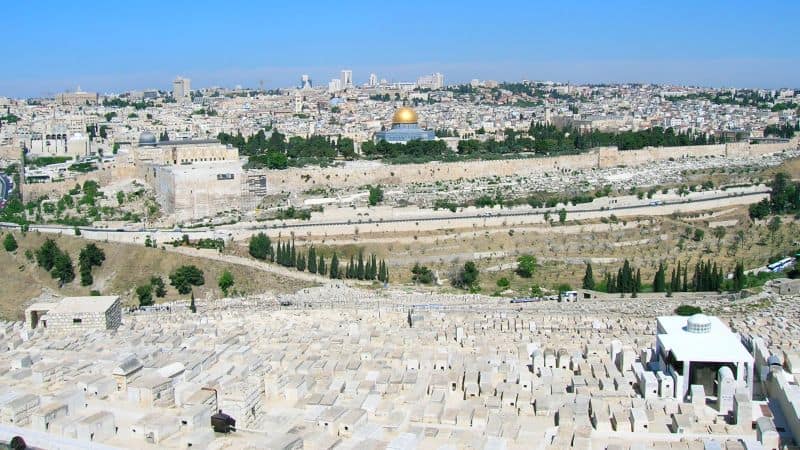
How important is the discovery of a seal impression of the son of the biblical character in the sifting of the temple mount in Jerusalem?
Announced in the media beginning July 30, 2025 (see e.g, [with a photo of the seal impression]. https://www.timesofisrael.com/tiny-2600-year-old-clay-sealing-inscribed-with-biblical-name-found-in-temple-mount-soil/), a clay seal impression (called a bulla) was discovered in the Temple Mount Sifting Project in Jerusalem. The project is systematically going through an estimated 9,000 tons of dirt moved in the 1990’s to build a mosque beneath the southern side of the Temple Mount. The seal impression was identified as such by archaeologist Mordechai Ehrlich, and read by Hebrew epigraphist and onomastics scholar Anat Mendel-Geberovich with Zachi Dvira.
The discovery of this seal impression is unique as it pre-dates the destruction of the Temple of Solomon (586 BC) and contains virtually complete names of the seal bearer and his father. The pre-exilic paleoHebrew script has two lines on the impression. Reading right to left, the first line begins with the characteristic “l” (lamed) that indicates that what follows will be the name of the person to whom the seal impression (and the object connected with that impression) belongs. There then follows the name, yd[ʿ]yh Yedaʿyah meaning “Yah(weh) has known/taken care.” This name has appeared before in Hebrew seals and seal impressions. It most frequently occurs with an additional waw on the end. This indicates the longer form of the abbreviated “Yah(weh)” part of the name -yahu. In the Bible the name appears in later figures, that of later sixth century priests. It is rendered Jedaiah in the NIV (Ezra 2:36; 7:39; 11:10; 12:6, 7, 19, 21Zech. 6:10, 14; 1 Chron. 9:10; 24:7; Zech. 6:10,14).
The second line contains the name of the father, ʿśyhw Asayahu meaning “Yah(weh) has made (the child).” It occurs at least 17 times in Hebrew epigraphic material outside the Bible. It appears in 8 verses in the Hebrew Bible (2 Kgs. 22:12, 14; 1 Chron. 4:36; 6:30 [English]; 9:5; 15:6, 11; 2 Chron. 34:20). The three times Asaiah (NIV) is mentioned in 2 Kings and in 2 Chronicles it refers to the same person an officer of the courts (ʿebed melek “servant of the king”) during the reign of King Josiah. He was one of the three officials who the king sent to enquire of Huldah the prophet regarding the scroll of the law that was found when the temple was being cleaned (c. 622 BC). An actual seal impression was found earlier, but it was sold on the black market and had no ancient context. This seal impression could well belong to the son of this Asaiah who might have lived in Jerusalem like his father.
The value of this find is to confirm the presence of the father’s name about the time of Josiah in Jerusalem. Further, this son Yedaʿyah may well have as a father the same person as identified three times in the books of 2 Kings and 2 Chronicles; an official of the king Josiah.


